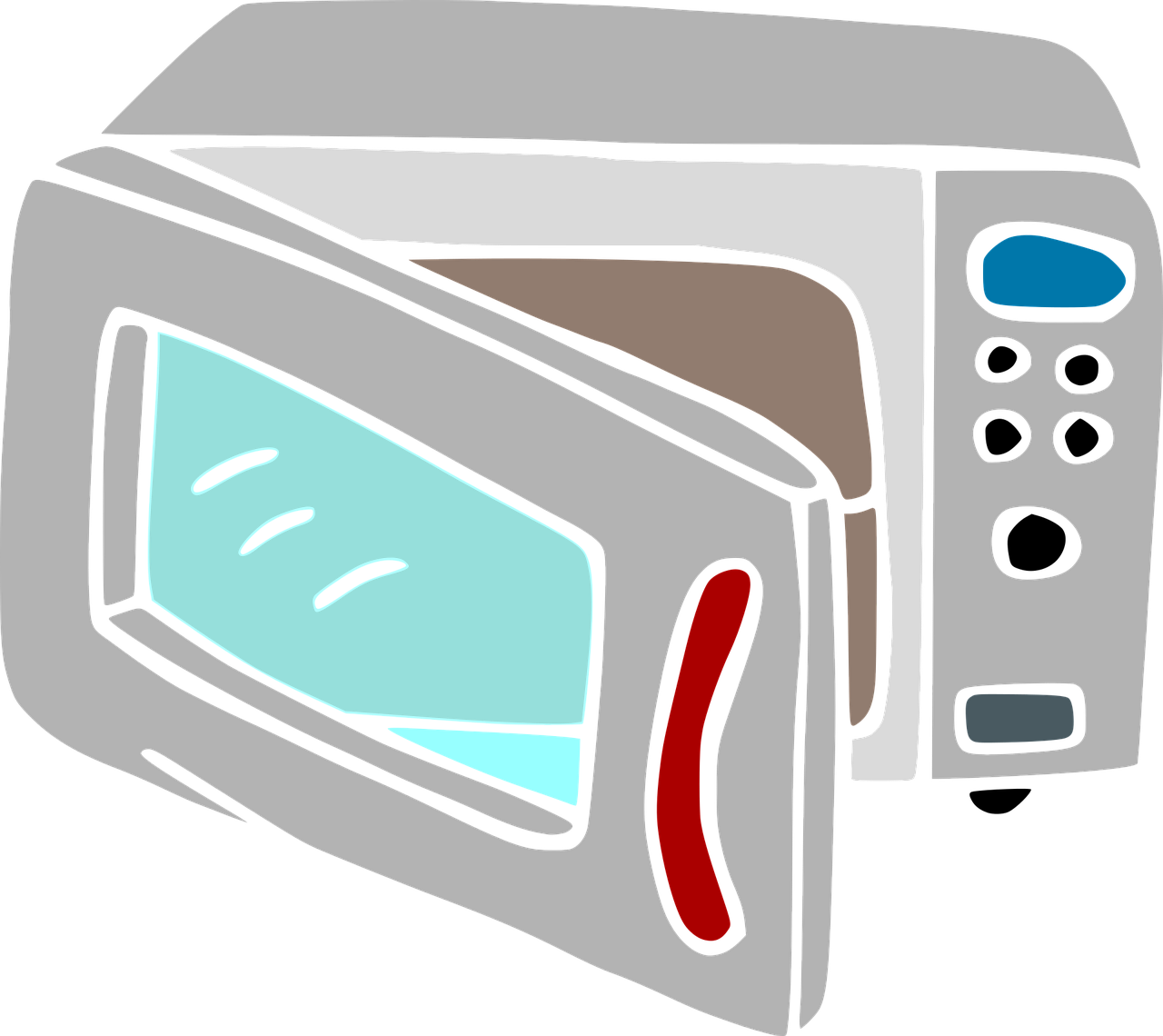The microwave proves to be very practical in everyday cooking. Many people use the device, but very few know what happens during this food processing.
Microwaves cause the molecules in the food to vibrate, and the particles rub against each other, generating heat. Microwaves are electromagnetic waves whose frequency ranges between infrared and broadcast waves. Microwaves can be used to either cook or reheat food. Health concerns about this technology have not been confirmed to date.
However, if specific safety and cooking instructions for microwave ovens are not followed, overheating and insufficient heating can lead to undesirable changes in food.
Nutrients may be lost if a high and prolonged microwave power level is set. In particular, the fat-soluble vitamins A, D, and E in meat and fish and essential fatty acids are affected because meat and large pieces of fish take longer than vegetables or dairy products to cook or fully heat. In addition, the texture of the food may suffer. Chunks of meat become tough and leach out as the high temperature removes liquid from them. Carbohydrate-rich foods with a high water content are also affected in this way. Loss of appearance and flavor can therefore be expected. Water-soluble and heat-sensitive vitamins, such as vitamin C, do not have it easy in this position.
It’s so convenient: the plate with food is slid quickly into the microwave. The microwave is particularly interesting for single and small households, as it allows food to be prepared inexpensively and is time-saving. However, you should pay attention to some critical points to avoid the loss of quality of the food.
Before use, familiarize yourself with the operation of the device, especially with the recommended cooking times.
Use special microwaveable dishes such as glass, porcelain, earthenware, ceramic (with glaze), and special plastic containers.
If possible, the plate should be filled with foods that require equal cooking times due to similar-sized pieces. Otherwise, you risk that some of them will not be adequately heated and the others will be wholly overheated.
Dishes should be covered with loose-fitting lids or hoods.
Dishes should be heated to at least 70 °C to kill harmful microorganisms.
It is advisable to stir or turn the food in between so that the heat can be distributed evenly.
Salt should only be added after cooking because salt removes moisture from the food, causing the surface to dry out considerably.
Adding fat is unnecessary; only low-liquid foods should be enriched with a bit of water.
Foods such as poultry or dishes containing fresh eggs should be prepared at a lower power level to avoid the loss of nutrients.
- source: eucell.de/picture: Bild von Please support me! Thank you! auf Pixabay
This post has already been read 1646 times!



